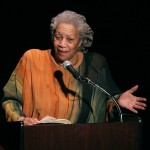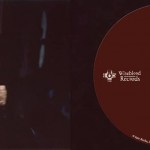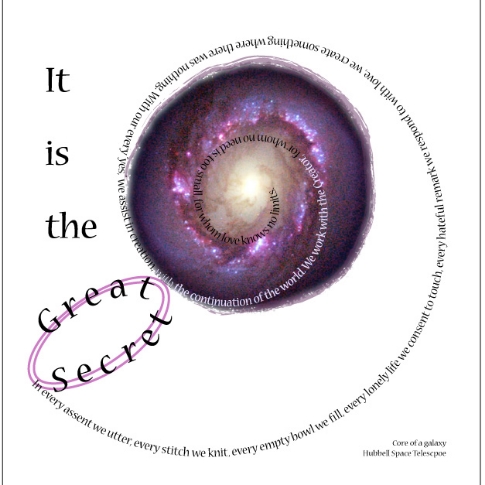I’m going to be throwing heavier, less-delightful stuff your way later today, but this delicious essay from Joseph Susanka is so delightful I must let you begin your morning with it!. Even the title makes me happy: To be Pickering in a Henry Higgins World!
When George Bernard Shaw first learned of the creative licenses taken in an effort to make the ending of his play Pygmalion more marketable, he was outraged. Confronted by Sir Herbert Beerbohm Tree’s claim that “My ending makes money, you ought to be grateful,” he responded (with his trademark sharpness of wit and tongue): “Your ending is damnable; you ought to be shot.”
Two years later, still stinging from the change, he penned a 5,000-word essay—“Sequel: What Happened Afterwards”—in which he emphatically (and bitingly) defended his original ending. In it, he argued that any version that returns the transformed Eliza Doolittle to Professor Henry Higgins’ home is undermining the very core of the play’s message, tossing away the power and relevance of his modernized myth for the sake of a cheapened and shallow emotional payoff.
Interestingly, neither big screen version of Shaw’s most famous work features his intended ending. In both 1938’s Pygmalion (made with the approval and assistance of Shaw himself) and My Fair Lady (the famous musical version from 1964), Higgins and Doolittle are reunited in the film’s final scene. Yet despite the fact that much of the two films’ language is identical, Lerner and Loewe’s version manages to avoid the cheap and shallow finale, while Pygmalion, despite its undeniable charms and wonderful performances, is rooted in Shaw’s aforementioned “damnable” territory.
The most obvious reason for this dramatic difference is the contrast between the two actresses playing Eliza: Wendy Hiller and Audrey Hepburn. Both bring a wonderful vivacity and charm to the role; both are clearly at ease with Shaw’s nimble, sharp-edged dialogue; and both serve as the perfect foil to their respective Higginses. Yet the unique aspects of their performances are striking, dramatically altering the tone and focus of the two films.
Read it all. This little essay had me smiling from ear-to-ear when I was finished.













